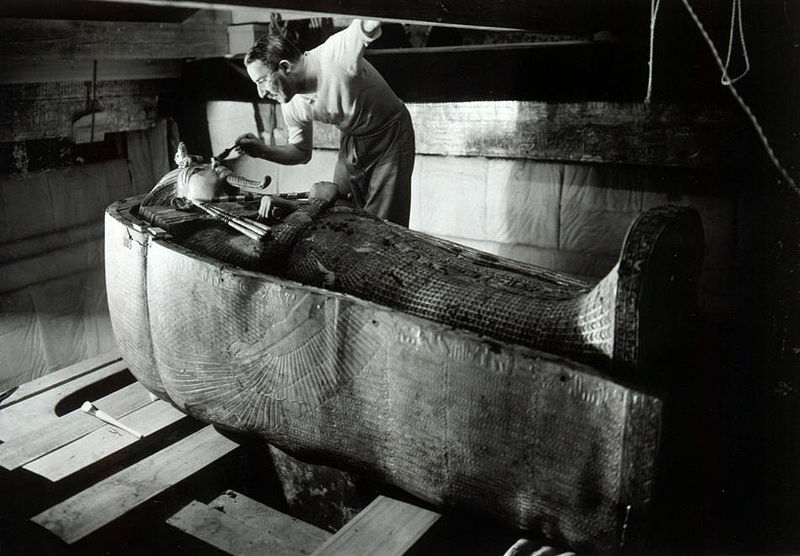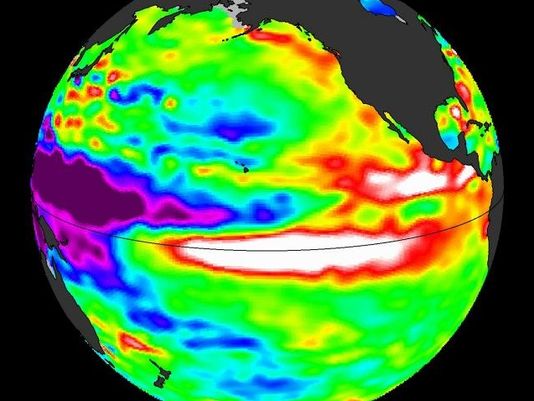Category Archives: Reviews and Critiques
Ansel Adams – Winter Sunrise, Sierra Nevada from Lone Pine, 1944 – Favorite Photographs 2015 #9
I am starting to realize that I love both pictorialist photography and f/64 photography – and that that’s all right. Ultimately, it is about the picture and what the artist is trying to say with the image. One of the great aspects of searching out favorites at the end of each year is that I get to type the name “Ansel Adams” into a GOOGLE Image search and visit old friends. There they are all lined up and tweaking my memory with a dash (dopamine blasts) of fondness.
All that fanfare. I would like to name as Favorite Photograph for 2015 # 9 one of my absolute all time Ansel Adams photographs: Winter Sunrise, Sierra Nevada from Lone Pine, 1944. As with all of Adams’ work there are lots of copies on the web and the link that I have given you is from Scripps College. I chose it because it has those absolutely luscious sepia, selenium tones that finalize a great Adams print. The appeal of Winter Sunrise to me is that it represents everything that Ansel Adams stood for. It is crystal sharp and its dynamic range – the zone system personified as if it were a religion. Note the detail in both the blacks and whites, the subtle differences between the clouds and the sky. Then there is the spotlighting of the horse. The horse is, of course, the central figure in the image, but given the grandeur of the mountains it takes a moment or two for you eye to realize that fact. And recognize that the mountains and the horse define the great American West. This was Ansel Adams at the height of his career – as the master of his craft.
Harry Burton, Howard Carter in King Tutankhamen’s tomb, 1922 – Favorite Photographs 2015 #7

Figure 1 – Harry Burton, Howard Carter examining the sarcophagus of King Tutankhamen, 1922. In the public domain in the United States because of its age.
It is important, I think, to recognize that great photography is everywhere. In the early 1920’s something very important was taking place in Egypt, the world of the ancient Egyptians was being revealed to us due particularly to excavations in the Valley of the Kings. In 1922 Howard Carter and George Herbert, 5th Earl of Carnarvon discovered the nearly intact tomb of King Tutankhamun. This sparked a renewed public interest in ancient Egypt.
It seems significant that Tutankhamen literally means “The living image of god.” Harry Burton (1879 – 1940) was the Photographer of the Pharoahs. From 1914 Burton worked for the Metropolitan Museum of Art’s (New York City) Egyptian Expedition. However, Howard Carter specifically requested that Burton be “loaned” to the Tutankhamen Expedition to photograph the event. He spent eight years documenting the work and this opus consists of about 1400 glass plate negatives. Much of this work is currently housed at the Griffith Institute at the University of Oxford.
Harry Burton was both a scientist and an artist. As a result it is difficult to choose a “best” image. But I believe that the photograph of Figure 1 truly captures the moment and nature of archaeological discovery. The fact that Carter wears only a tee shirt speaks to the oppressive conditions within the tomb, and yet Burton manages to create a beautifully and dramatically illuminated image with stunning dynamic range and excellent composition.
Beth Moon – Fornax from the Diamond Nights Series – Favorite Photographs 2015 #6
I have spoken several times in the past about contemporary California photographer Beth Moon. Recently she has departed from her traditional platinum palladium medium, but not from her compelling tree images nor from a compelling dose of magical mysticism, into gloriously illuminated and colorful night skies.The result is her “Diamond Night Series.” The image that I have chosen for Favorite Photographs of 2015 #6 is her “Fornax.” Astronomy buffs will recognize that Fornax is a constellation in the Southern Sky named for a furnace. This is the word furnace used in its alchemy context, a vessel for the creation of new substances and new worlds.
These images were taken of great baobab trees at wild, remote locations that are far from human civilization with its light pollution. They are meant to indicate the interaction between living things and the celestial forces of the universe. My motivation of choosing “Fornax” is that it indicates a creative force that causes the trees to appear to dance and be repelled from one another but at the same attracted and drawn to the Milky Way. I think that these images also suggest that our light pollution has taken away and blinded us from an essential element of magic in our world. It has locked our sights in the direction of rationalism.
On her website Ms. Moon adds a technical note that explains how the images were taken on moonless nights with a wide angle lens at an ISO of 3200 – 6400. In some cases she used a flash light to introduce a soft and natural glow. That flashlight is, of course, the artist’s paintbrush.The comment about the wide angle lens reflects what is referred to as the rule of 500. Divide the number 500 by the lens’ focal length (This is the true focal length; so if you are not using a full-frame camera you’ve got to also divide by the length of the sensor in divided into 35 mm.) and that is the longest exposure that you can use without getting star trails in your image.
But the bottom line is that once again Beth Moon has heighten our awareness of the pure magical world that photography reveals and she has once again dazzled us.
Northern lights
As we approach the end of the year editorial thoughts,including my own, tend towards “The best of the year,” and the British Press Association editor Martin Keene has picked out some of its best news photographs of 2015. I was really struck by this gorgeous and other-worldly image by Owen Humphreys of the PA. Humphreys is based in Newcastle and he has spent many nights trying to find just the right setting for the northern lights. They can be rare and capricious an, of course, they are best photographed on cloudless nights with little or no moonlight. I have to say that this image is truly stunning capturing the aurora borealis over Derwentwater, near Keswick, in the Lake District, against a beautiful foreground of boats. It has been a very trying time and as we approach the solstice, as we approach Christmas and New Years, Mr Owen’s image is a gift of beauty and peacefulness
An anamorphic illusion
Now that’s a great word “anamorphic.” But what does it mean? Well, according to the all powerful Wikipedia – the great and final arbiter of all things NOT – “Anamorphosis is a distorted projection or perspective requiring the viewer to use special devices or occupy a specific vantage point (or both) to reconstitute the image. The word “anamorphosis” is derived from the Greek prefix ana‑, meaning back or again, and the word morphe, meaning shape or form.” Wasn’t that helpful. NOT!
But you have seen these illusions. They are becoming popular as ads on the tile floors of shopping malls, where from the vantage point of standing up and looking down at them from human height they appear to be three-D structures. The important point is that you have the physicist’s domain of physical optics and the psychologist’s and physiologist’s domain of physiological optics. It is the latter that prevails in matters of perception. What we see – remember last year’s white vs. blue dress- is a matter of how our brains work. Our brains have an expectation of being in a 3D world and of how that world should look. This is, of course, an important point of both quantum mechanics and existential philosophy. Ultimately, you cannot separate the observer from the observed.
Boy that just got profound! But let’s just enjoy. The NBC Today Show this morning featured the latest anamorphic illusion, one that really explains it all, by the artist Brusspup, which has already has a half a million views on you tube.
Phillippe Halsman – jumping
There is an interesting rule of photography that if you want to relax your subject and capture their true essence have them jump. A major practitioner of this rule was Life Magazine and Magnum photographer Phillipe Halsman. In 1959, he published a compendium of these midair photographs and this has just been reissued by Damiani as Philippe Halsman’s Jump Book.
There are some wonderful and whimsical photographs in this book. Perhaps most telling is his jumping portrait of Marilyn Monroe taken in 1959. At first you are perplexed. Where are her legs? But then you realize that her legs are behind her. Marilyn is revealing her true self – a fact that paralyzed her when Halsman mentioned it. She jumps like a young girl – gleeful and unimpeded.
Indeed, Halsman was able to bring out the child in some of the great stuffed-shirts of his day. We find the Duke and Duchess of Windsor in 1958 holding hands as they leap? – well as they for an instant reveal something of themselves. And then there is Richard Nixon captured in 1959 afloat by Halsman’s camera.
But perhaps most telling is Halsman’s photograph of Marc Chagall. Halsman relates: “I was telling René, my brother-in-law, that I already had a collection of 60 famous jumps and that I had not yet met with a refusal. René, who is hopelessly French, answered, ‘America is a young nation. Inside every American is an adolescent. But try to ask a Frenchman to jump. Il te rira au nez – he will laugh into your nose!’” Halsman photographed Chagall in 1955 gleefully aloft in his garden.
Unstuck in time
In his classic psychological drama of time travel “Slaughter House Five,” Kurt Vonnegut describes his protagonist Billy Pilgrim as being “unstuck in time.” This would suggest that we are tethered to what physicists refer to as our “world line,” the path in space and time that we travel. For us time is an arrow and we move ever forward. For Billy Pilgrim, well, not so much. “All moments, past, present and future, always have existed, always will exist.”
You may have heard yesterday that a US military surveillance blimp became untethered in Maryland and drifted a couple of hundred miles across rural Pennsylvania. Yes unstuck, unthethered, but certainly not in time. Well a photograph taken yesterday by Jimmy May of Bloomberg Press Enterprise via the AP tells, or at least suggests, a different pilgrimage for the blimp. He captured it hanging over an Amish horse drawn carriage in Millville, PA. The Amish strive for a peaceful timelessness and here it was certainly broken by an apparent anachronism.
“It is just an illusion here on Earth that one moment follows another one, like beads on a string, and that once a moment is gone, it is gone forever.”
Kurt Vonnegut, “Slaughter House Five,” 1969
A beautiful photograph for California

Figure 2 – Jason-2 satellite thermographic image of the 2015 El Nino event. From NASA’a Jet Propulsion Laboratory and in the public domain.
California was made photographically famous by the f/64 group culminating, if I dare say so, in the glorious work of photographer Ansel Adams. But in the present climate, I think that we need to admit that the photograph of Figure 1, a Jason-2 satellite thermographic image of the currently forming El Niño event for 2015, recently released by NASA’s Jet propulsion Laboratory in Pasadena is even more glorious for Californians. Scientists now believe that El Niño is too big to fail! With that comes the prediction of a wetter than normal winter, something that drought-ravished California desperately needs.
